Web3 gaming is currently making waves in the gaming industry with its thrilling, exciting, and rewarding experiences. This article discusses playing, earning, and owning assets in web3 gaming.
In a fast-changing digital landscape, the term “Web3 gaming” has evolved as a literal game changer.
Web3 gaming is a seismic upheaval in the online gaming industry, utilizing cutting-edge decentralized technologies to redefine how people play, engage, and transact in virtual worlds.
Traditional centralized gaming systems are no more, with their constraints on ownership, transparency, and security.
Web3 gaming introduces a paradigm in which games are no longer hosted on traditional servers but instead reside on the blockchain, making them unhackable and immune to the flaws plaguing traditional gaming.
At its core, Web3 gaming represents a distributed process that uses blockchain, distributed ledger technology, and smart contracts to offer an entirely new game experience.
It is a world where actual digital ownership reigns supreme, giving players unprecedented control over their in-game goods.
In summary, Web3 gaming can potentially empower gamers in previously unthinkable ways.
However, what distinguishes Web3 gaming is the use of cryptocurrencies and non-fungible tokens (NFTs) as key components of the game’s architecture.
This innovation speeds up game development and creates new revenue sources for creators, allowing players to establish ownership in open in-game economies.
What is Web3 Gaming?
Web3 gaming is more than just an evolution; it is a revolution beyond traditional game models.
Web3 gaming is fundamentally a distributed process that transforms the essence of gaming into a decentralized masterpiece.
The hosting mechanism is at the heart of this shift, as games are no longer connected to centralized servers, and instead, they find their digital sanctuary on the blockchain.
The blockchain, a decentralized ledger system best known for facilitating cryptocurrency transactions, provides the foundation around which Web3 games are constructed.
This distributed method makes games unhackable because there is no single point of failure or weakness for hostile actors to exploit.
Every facet of the game, including player interactions and in-game assets, is securely stored on the blockchain, preserving the game’s integrity and immutability.
Features of Web3 Gaming
The features that are inherent in web3 gaming that enable it to offer thrilling experiences that are not available in traditional gaming are;
- Blockchain integration
- NFTs
- True ownership
- Play-to-Earn
- Decentralized governance
- Interoperability
- Cryptocurrency integration
- User-controlled economies
- Digital collectibles
- Community engagement
Blockchain Integration
Web3 games use blockchain technology to store and handle in-game assets, transactions, and other game-related information. This integration guarantees the transparency, security, and immutability of in-game actions.
NFTs
NFTs are distinct digital assets representing ownership of in-game objects, characters, skins, or other virtual treasures. Each NFT is unique and cannot be copied, and ownership is tracked on the blockchain, resulting in scarcity.
True ownership
Web3 games provide players with actual ownership of in-game assets. Players have complete control over their assets, which may be moved between games or traded on other platforms.
This differs from traditional games, in which the publisher owns the in-game assets.
Play-to-Earn
Some Web3 games use play-to-earn mechanisms, which allow players to earn cryptocurrencies or other benefits for actively participating in the game.
This may include completing quests, winning battles, or contributing to the game’s ecosystem.
Decentralized Governance
Some Web3 games use decentralized governance models, which allow players to influence the game’s development and direction.
Decisions are frequently made via token-based voting systems, which promotes a more democratic and community-driven approach.
Interoperability
Web3 games are intended to work with other games and platforms in the Web3 ecosystem. Players can transfer assets and progress between games, improving the user experience and increasing asset utility.
Cryptocurrency Integration
Many Web3 games use cryptocurrencies or tokens to facilitate in-game transactions, awards, and revenue.
These tokens are frequently traded on cryptocurrency exchanges, and they can provide players with tangible value.
User-controlled economies
Web3 games allow players to affect in-game economics by determining asset values and engaging in player-created markets. This can result in distinct and dynamic in-game economies.
Digital collectibles
Players can collect and display NFT-based digital collectibles ranging from virtual pets and weapons to virtual real estate and artwork. These collectibles have actual value and can be traded or sold.
Community engagement
Web3 games frequently generate strong player communities because players are more invested in the game’s success and direction. This can result in engaging in-game social interactions and cooperation.
The Principles of Web3 Gaming
The play-to-earn concept is built on financially empowering gamers while entertaining the game with intriguing coin prizes.
Players can earn rewards in various ways, including regular gameplay, participating in special events, and performing in-game activities.
Participants in the game have the opportunity to win real money.
In addition, Play to Earn games entail selling and collecting in-game products like NFTs and cryptocurrencies.
To present a better explanation of this, we may need to discuss the three critical components required for play-to-earn games to function;
- NFTs are exclusive tokens that may be exchanged and sold.
- The blockchain manages all cryptocurrency transactions.
- Play-to-earn games can be played in both Web3 and the Metaverse.
In any event, NFTs have become in-game components of the play-to-earn model’s internal operations. The method anticipates that users will play the game, accumulate in-game assets, and trade them for real-world dollars.
One of the first notable examples of P2E is the game Axie Infinity.
Players in Axies can employ special potions to create little animals known as “Axies.”
Each Axie symbolizes a unique NFT that can be utilized to manufacture the elixir later.
But the true draw is the potion: it’s not just any potion; it’s a cryptocurrency that can be exchanged for real money once you’ve accumulated enough in-game.
Because they are NFTs, they may be purchased and traded with Ethereum or other cryptocurrencies because they are NFTs.
Check out the worth of Play-to-Earn tokens if you don’t believe us and think NFTs are just internet jargon. Axie Infinity tokens, or in-game non-fungible tokens, will arrive.
Earned in-game, they can be traded for other cryptocurrencies, such as Bitcoin, and quickly traded through Bitcoin Rush.
Then, to buttress the point of ownership in web3 gaming, follow me briefly.
In traditional gaming, gamers buy in-game content or digital assets with real money or receive them as a reward. However, game developers retain the rights to any in-game content.
Essentially, players do not have actual ownership of the in-game digital assets.
In reality, “ownership” is only permission to participate in certain areas of the game.
However, In Web3 games, gamers own the assets, goods, and collectibles. This is accomplished through the use of NFTs (also known as digital collectibles in gaming), with ownership registered on the blockchain.
Also, players can benefit by selling or trading their products on decentralized marketplaces.
Before we wrap it up, let us see some of the best web3 games to engage in.
Top Web3 Games
This list of web3 games allows players to play, earn, and own assets while having fun.
- Illuvium
- Axie Infinity
- Anito Legends
- Honeyland
- Fableborne
Illuvium
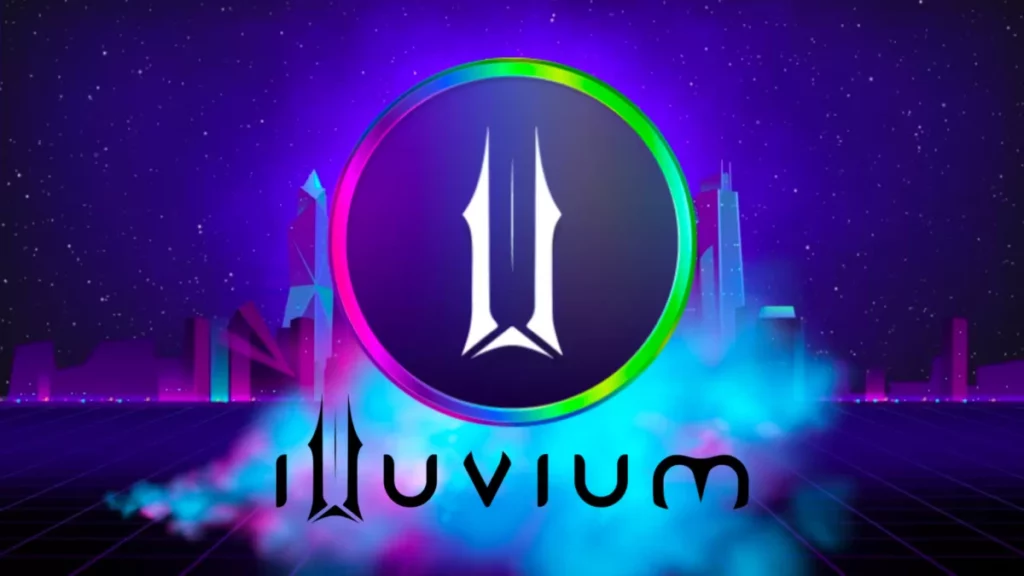
Illuvium stands out as a promising Web3 game, a fantasy role-playing game (RPG) developed by the Illuvium DAO on the Ethereum (ETH) network.
This game features an epic open-world RPG experience in which players hunt for and capture deity-like creatures known as Illuvials.
Axie Infinity
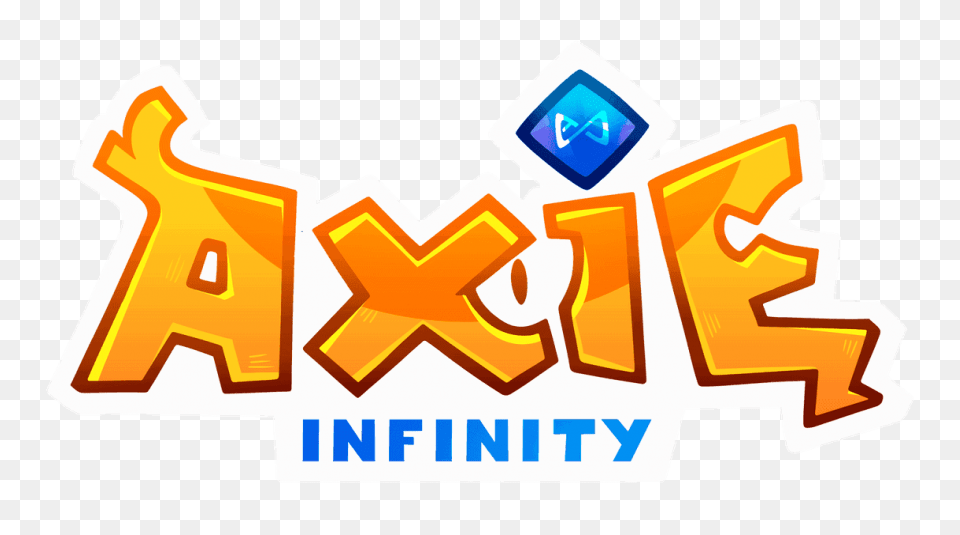
Axie Infinity is a blockchain game where players may gather, own, and breed digital creatures called axies. These creatures compete in strategic card fights with monsters and other players.
It comes in two versions: the classic, which was the game’s version when it first gained popularity in the country, and the origin, which is the most recent release and includes a variety of experiences such as Epic Power Ups, Infinite Adventure, and The Arena.
Anito Legends
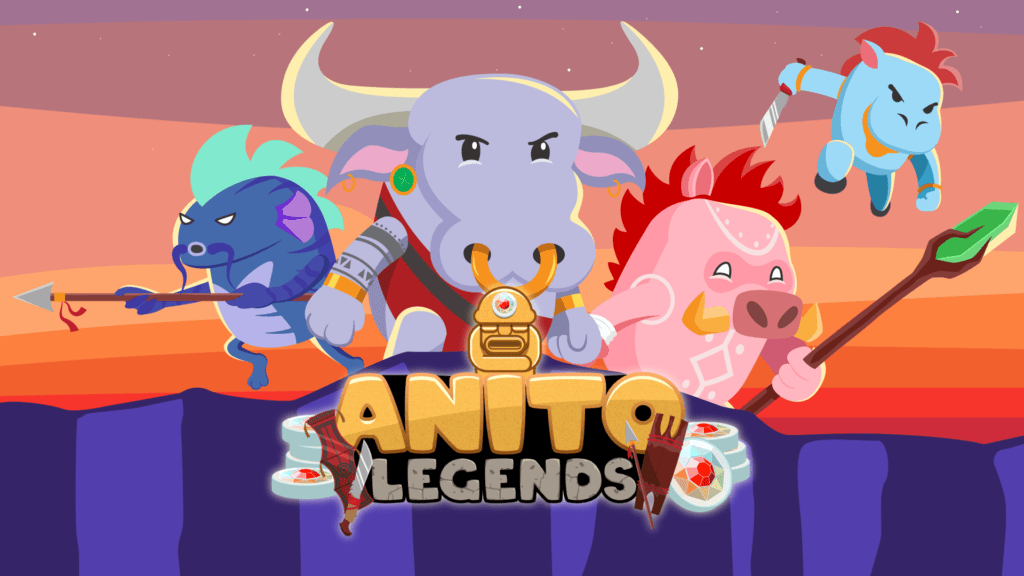
Anito Legends is a free-to-play, multi-platform, strategic auto-battler game with some play-and-earn features. The game is inspired by Philippine folklore and mythology.
Players are tasked with forming a squad of Anitos, customizing their equipment, embarking on adventures, and defeating other players to win rewards such as in-game gold, weapons and armor, and crafting materials.
The game uses $GINTO and $LARO tokens, which may be used to make in-app purchases. Players can buy and possess non-fungible token (NFT) assets, including Anitos, equipment, and more.
However, the makers clarified that using these tokens is not essential to enjoy the game entirely.
Honeyland
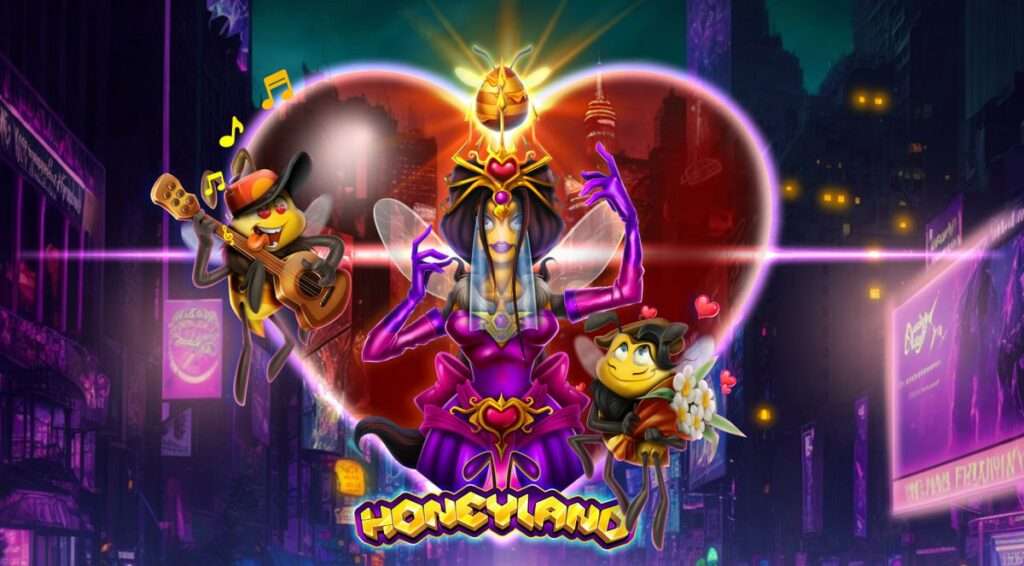
Honeyland, a freshly released casual strategy game, runs on the Solana network.
Since its global release, the game has generated $3.5 million in in-game income thanks to features such as quick onboarding, in-app purchases, and NFT trading via its Web3 gaming cryptocurrency, HXD.
Fableborne
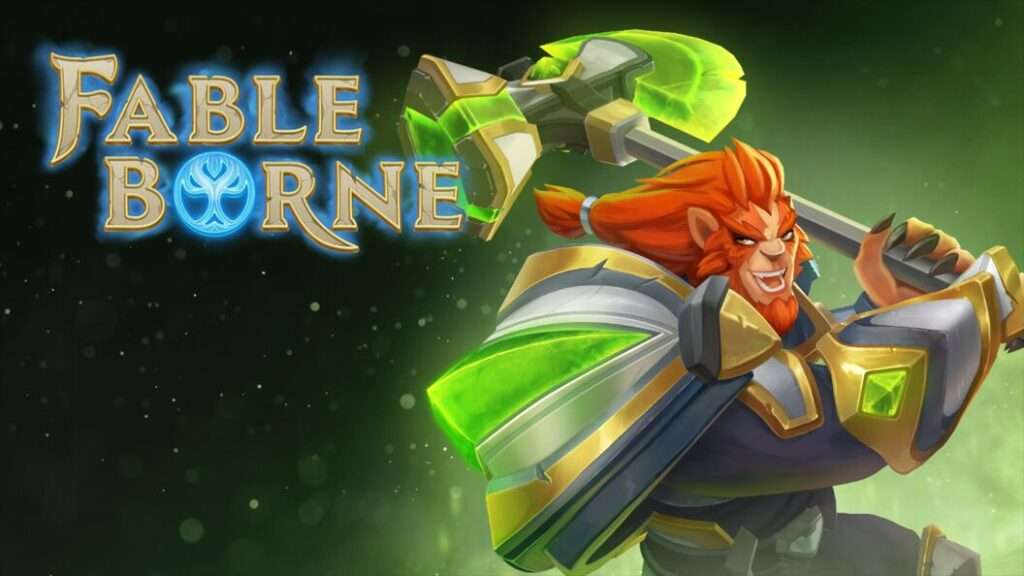
Fableborne is a free-to-play multiplayer action role-playing game that includes strategic base-building. Pixion Games is developing it and will be based on the Avalanche blockchain.
The game is set in the Shatterlands, where players explore the globe, fortify their island, and raid other players’ bases for gold and glory.
Fableborne is intended to be accessible and mobile-first, with an enhanced mobile gaming experience.
Conclusion
As Web3 gaming evolves, it has the potential to reshape the game industry by giving players more control, enabling new economic opportunities, and providing more immersive and player-centric experiences.
Web3’s reach extends beyond gaming, affecting a wide range of industries, and its continuous expansion promises a future in which decentralized technologies play an increasingly important part in our digital experiences.












